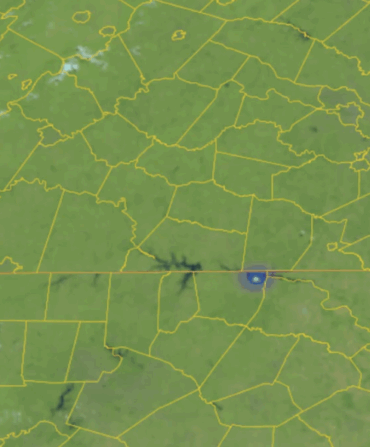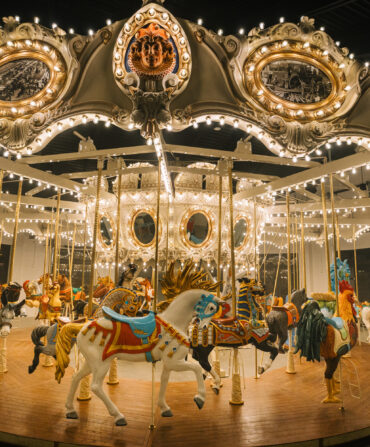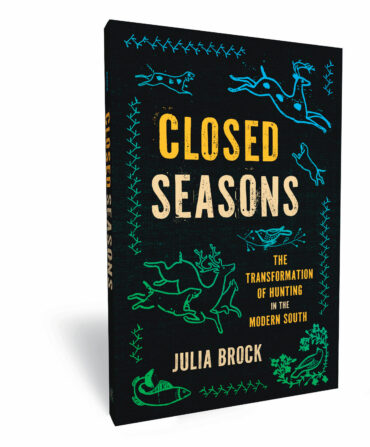“Few American artists,” wrote the New York Times in its 2016 obituary of the Tuscaloosa, Alabama-born photographer William Christenberry, “have been so identified with one small patch of terrain as Mr. Christenberry was with Hale County, Alabama.”
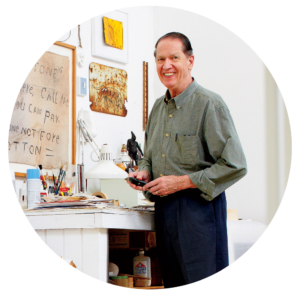
Photo: DANA GALLAGHER
William Christenberry in his Washington, D.C., studio in 2013.
Widely regarded (alongside Walker Evans and William Eggleston) as one of the finest lensmen the South ever produced, Christenberry returned year after year from his longtime home in Washington, D.C., to the rural Black Belt region, where he’d spent many childhood summers, shooting the same humble settings time and again—warped and weathered country stores, kudzu-choked churches, rusted sedans, one-chair barbershops, faded Coca-Cola signs on boarded-up cafés.
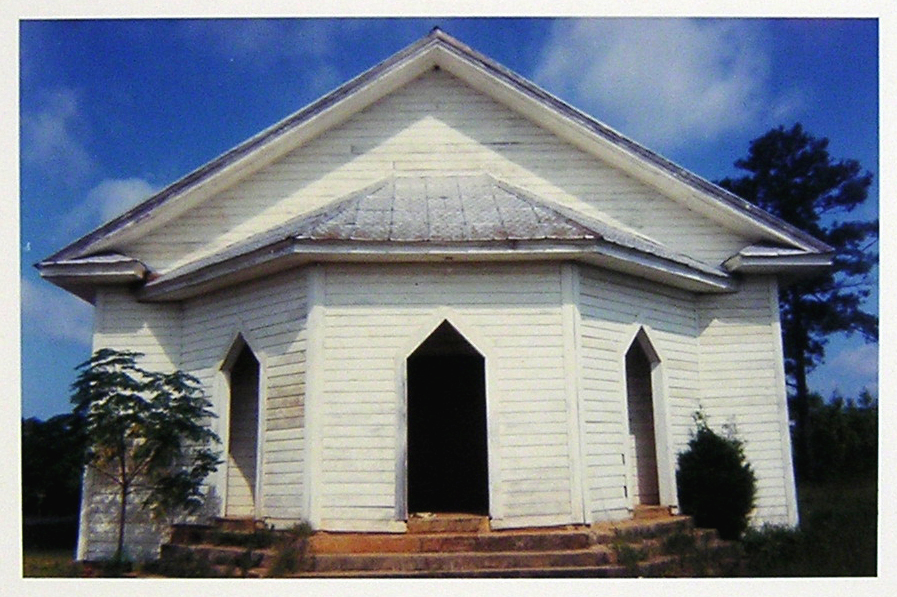
Photo: William Christenberry (American, 1936–2016), chromogenic print on paper, 3 1/4 x 5 inches, Montgomery Museum of Fine Arts, Montgomery, Alabama, Gift of Mr. and Mrs. Lee Friedlander, 2004.15.8
Guinea Church, near Moundville, Alabama, negative 1972, printed 2003.
He captured many of these straightforwardly composed but striking images of a vanishing South—“a poetic evocation of a haunted countryside,” Walker Percy called them—as small-format color snapshots with an amateur Kodak Brownie box camera, the core premise of the recently opened exhibition Bill Christenberry: Brownies, running through November 10 at the Montgomery Museum of Fine Arts.
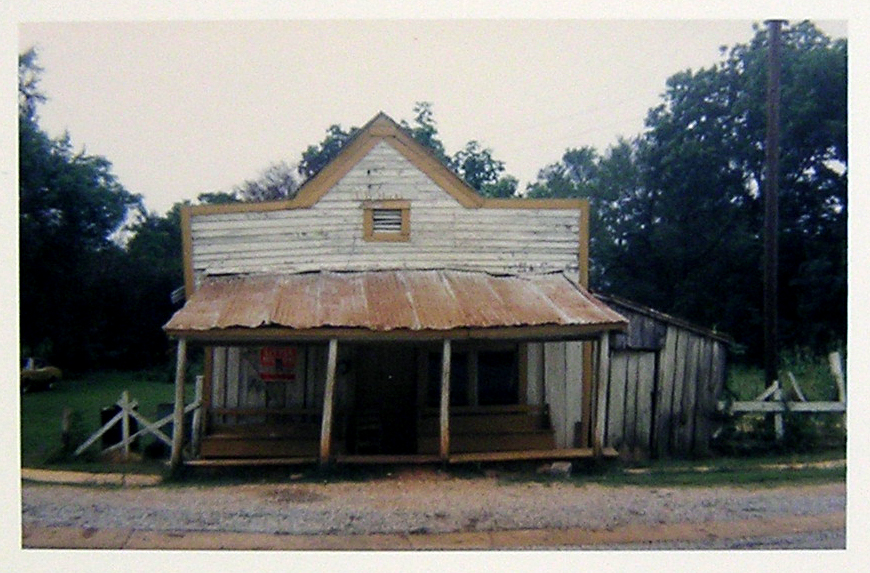
Photo: William Christenberry (American, 1936–2016), chromogenic print on paper, 3 1/8 x 4 7/8 inches, Montgomery Museum of Fine Arts, Montgomery, Alabama, Gift of Mr. and Mrs. Lee Friedlander, 2004.15.13
T.B. Hicks’ Store, Newbern, Alabama, negative 1973, printed 1996.
“It’s a very intimate show—we’re only featuring thirteen pieces,” says Jennifer Jankauskas, the museum’s curator of art, with most of the works from the 1960s and ’70s and almost all of Hale County. “They’re a love letter to the state and to his history here.”



